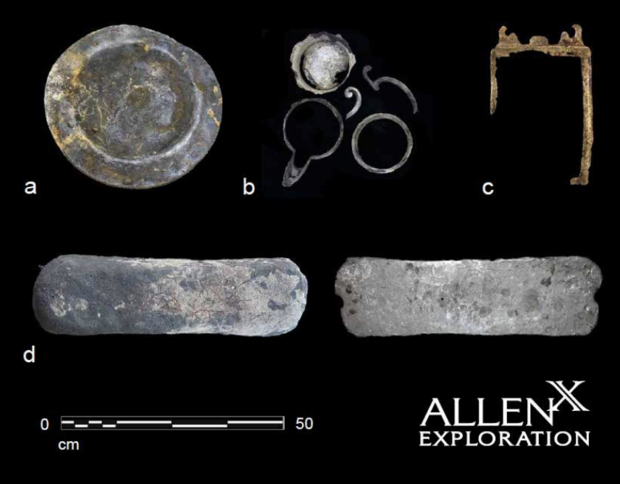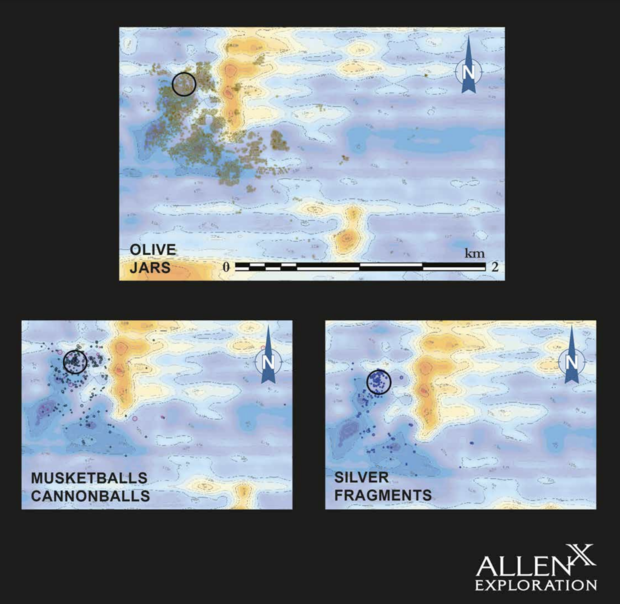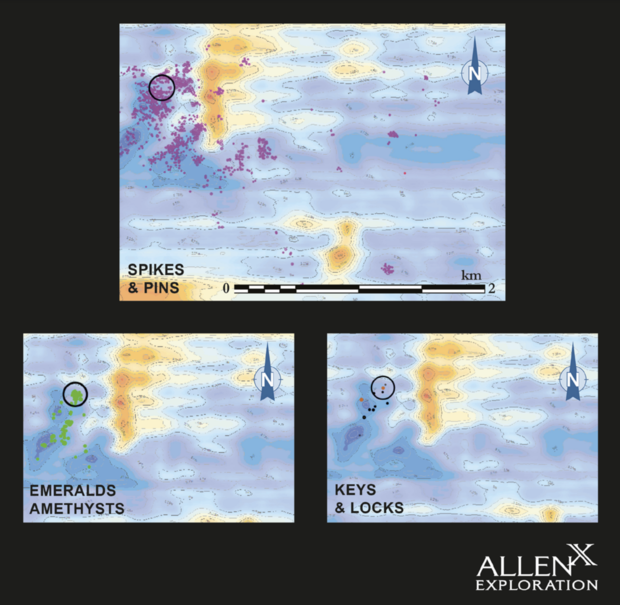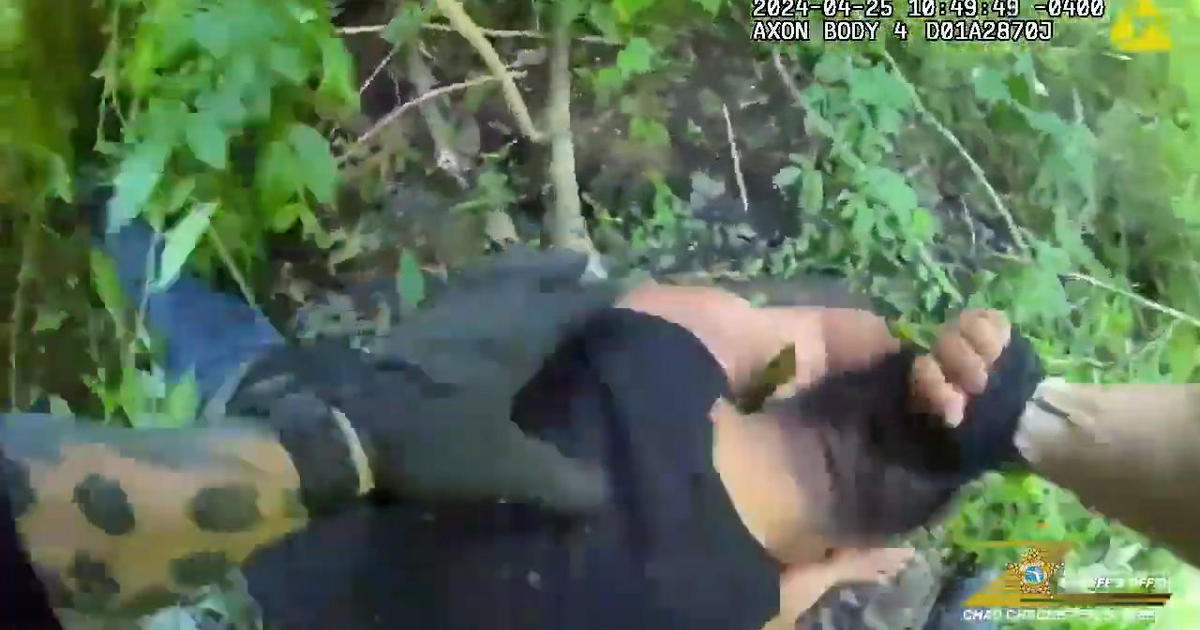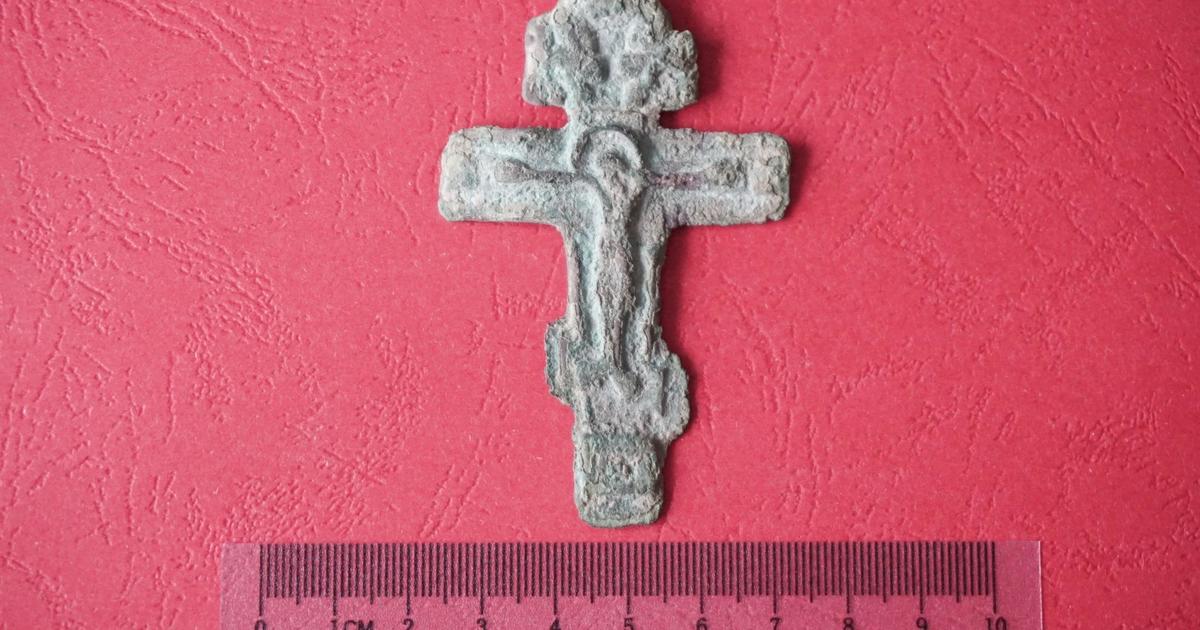Divers map 2-mile trail of scattered relics and treasure from legendary shipwreck Maravillas
After years of careful exploration, divers have helped map out a trail of scattered artifacts and treasure stretching for more than two miles through waters off the Bahamas, which for centuries have drawn archeologists and adventurers alike to search for remnants of a legendary shipwreck.
The Nuestra Señora de las Maravillas, a Spanish treasure ship, sank near the Bahamas in January 1656 after colliding with another ship. Treasure hunters have explored the area since then in search of the ship's lost cargo, and some historians estimate that around 5 million pesos' worth of silver bars, coins and worked silver was recovered from the site between 1656 and 1683. Major exploration and recovery projects continued over the ensuing centuries, with the wealth of relics found in 1972 by adventurer Robert Marx being particularly notable among the modern treasure-hunting expeditions in that area.
"Some people claim it's one of the richest Spanish galleons to go down in the New World," said Michael Pateman, curator of the Bahamas Maritime Museum in Freeport, while speaking about the Maravillas in an interview with "CBS Mornings" in April. Marine archeologist Jim Sinclair insisted in the same interview that the lost ship's main pile of treasure had not yet been found, saying, "We're probably looking at well over $100 million still sitting in the sand out here."
The Bahamian government in 1999 placed a moratorium on salvage expeditions after too many artifacts pulled from the wreck ended up in auctions and private collections across the world. But in 2019, the government lifted that moratorium to grant a license to AllenX — previously Allen Exploration — to explore whatever remained.
With the license, the company began to survey the waters west of the Little Bahama Bank for remains of the 891-ton, two-decked Spanish galleon. Their remote-sensing surveys and physical diving teams have so far identified a massive trove of relics that splay out from an original point near the spot where the Maravillas struck a reef on Jan. 4, 1656.
AllenX has pinpointed around 8,800 items "of potential cultural significance," the company said in a new report detailing the findings. It notes that the Maravillas treasure trail extends out almost 3 1/2 kilometers, or just over 2 miles, from a main ballast pile initially discovered in the 1970s, and says the area is also about a mile wide. A ballast pile is a mound of stones once stored in the hold of a vessel to stabilize it in the water, which can give clues as to the location of a shipwreck.
The complex trail of scattered artifacts "consists of a highly diverse array" of items that explorers and Bahamian officials deem culturally significant, ranging from "loose ballast stones, the occasional wooden plant, iron rigging, gun carriage concretions and two iron swivel guns to ceramics, silver pesos, silver bars, emeralds, amethysts and gold jewelry," the report says.
The majority of the Maravillas' remains, in the present day, are buried beneath layers of sand, some as deep as 1 1/2 miles, as they have been hidden and strewn over the ocean floor by waves and, in a number of instances over hundreds of years, extreme weather events like severe hurricanes.
Tucked underneath all of that sand, explorers have identified thousands of objects that once came from the Maravillas, and carefully mapped each item found. The trail of relics includes roughly 11,000 olive jar fragments, almost 3,000 silver coins, 828 lead musket balls and 125 emeralds and amethysts. Working under the government's license, AllenX has recovered more than 10,000 artifacts overall from the Maravillas, including pendants, gold chains, silver bars and crucifixes, much of which was found remarkably intact.
Contrary to what the deluge of past explorers probing the wreck site might indicate, AllenX confirms in its latest report that "the Maravillas has not been salvaged into oblivion," adding, "significant archaeological remains survive."
"Not only have intrinsically significant artifacts beaten the odds, so have assemblages of material of technological, socio-economic and religious significance," the company writes. A number of items identified and mapped from the Maravillas help understand what life was like on the ship, with AllenX saying that two swivel guns were once installed along the deck "to fire on attackers trying to board the ship or rake enemy ships at close range."
"Personal belongings and contraband from the officers' and passengers' quarters are especially common," the report says. "They range from navigational equipment and the Chinese porcelain and majolica from Seville and Pueblo in Mexico that officers and passengers ate off with silver forks to gold and gem inlaid jewelry, chest keys, swords and smuggled emeralds and amethysts."
